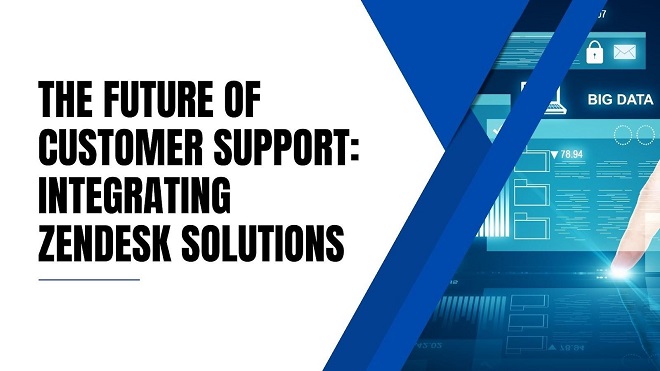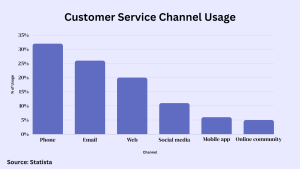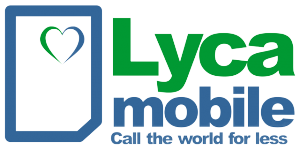The Future of Customer Support: Integrating Zendesk Solutions

Getting help fast is key for happy customers today. Studies show that 73% of customers get frustrated waiting for support. So smart companies are improving customer service in new ways. One popular approach involves the use of Zendesk software.
Zendesk develops customer service tools used by more than 160,000 organizations. Their integrated solutions can revolutionize how companies interact with customers.
Connecting Customer Support Teams
Zendesk Support Suite unites agents across channels like email, chat, social media, and phone. Below is data that shows the percentage of channels that are most preferred and used by customers in recent years:

Features include:
- Unified agent desktop – Agents handle multiple channels through one interface
- Customer context – See full history and data for seamless experiences
- SLAs and reporting – Measure response times and service levels
- Omnichannel routing – Send requests to the right agents based on skills and availability across channels
With the Support Suite, teams collaborate easily. Customers engage through preferred channels. And companies gain insights to improve operations.
Self-Service for Instant Answers
Many customers seek self-service options to find answers quickly. Zendesk call center integration lets customers help themselves. It provides:
- Knowledge base – Organized articles and content for common questions
- Community forums – Customers discuss issues with each other
- Smart search – Finds best results and suggests content
- Self-service bots – Automated bots answer routine requests
With Guide, customers get 24/7 access to help. Agents focus on complex issues. This reduces call volume and costs.
Understanding Customers Better
Zendesk Explore analytics tools uncover customer trends and needs. Explore provides:
- Data integration – Connects support data with other business systems
- Reporting and dashboards – Real-time and historical views of key metrics
- AI insights – Machine learning reveals opportunities and risks
By analyzing support data, companies improve products, services, and experiences.
Streamlined Support Operations
Zendesk Suite includes operational tools for more efficient workflows. Key features:
- Business rules – Automate processes with conditional logic
- Macros – Agents use pre written templates for common replies
- Skills-based routing – Match requests to the right agents
- SLAs – Set goals for response time and satisfaction
- Schedule optimization – Forecast needs and staff appropriately
With these tools in place, managers can optimize support operations. As a result, they provide swift service and maximize resources.
Integrations and APIs
A key Zendesk strength is integrations. Zendesk seamlessly interconnects with:
- CRM – Share data between support and sales/marketing systems.
- Social media – Engage with customers on Twitter, Facebook and Instagram.
- Messaging apps – Connect using popular platforms like WhatsApp.
- Analytics – Import data into Explore for deeper insights.
- Automation tools – Build custom workflows.
Flexible APIs also allow the building of custom apps and functionality on the Zendesk platform.
Scaling Service Globally
Zendesk enables global customer service through:
- Omnichannel – Serve customers locally across channels.
- Self-service – Provide help sites for different languages.
- Flexible business rules – Tailor workflows by region.
- Global SMS – Send text messages across 200+ countries.
With Zendesk, companies can deliver exceptional experiences worldwide.
Advantages of the Zendesk Suite
Key benefits of using the integrated Zendesk suite include:
- Omnichannel service – Engage customers across their preferred channels.
- Faster resolution – Self-service and automation deflect simple requests.
- Improved productivity – Unified systems and seamless workflows boost efficiency.
- Enhanced customer data – Integrations link support data with other systems.
- Proactive improvements – Analytics uncover areas to improve.
- Future flexibility – Open APIs enable custom enhancements.
- Global scalability – Support customers everywhere with localized experiences.
With these strengths, Zendesk enables next-generation customer service.
Results from Zendesk Customers
Leading companies using Zendesk report stellar results:
- Uber cut support costs by 25% using self-service and automation
- Foursquare saw 80% of support handled through self-service
- Pinterest increased agent productivity by 25% with a unified desktop
- Lyft decreased customer response time by 20% using omni channel routing
These examples demonstrate Zendesk’s potential to transform customer support.
Evaluating Zendesk for Your Company
- Review Needs – Look at problems you have and goals for the future. This helps us know what to fix and improve.
- See Demos – Watch Zendesk software show how it works. Seeing Zendesk in action is very helpful.
- Identify Use Cases – Decide where Zendesk can add the most value for your business. Map it to specific needs and uses.
- Talk to Experts – Speak to Zendesk advisors who know best practices. Their expertise will guide you in getting great results.
- Build Business Case – Analyze the costs versus benefits of Zendesk. See how the investment pays off.
- Start Small – First test Zendesk tools in a few limited areas. This is a smart way to begin.
- Expand Over Time – Slowly roll out more Zendesk features later. Careful growth is used for maximum impact.
Taking this careful step-by-step approach will help companies successfully use Zendesk to its full potential. Moving cautiously reduces risk and ensures you optimally adopt Zendesk.
Preparing Your Team for Zendesk
- Provide Training – Teach staff about the new Zendesk tools. Use demos and documentation to educate everyone. Hands-on learning is very effective.
- Highlight Benefits – Explain how Zendesk improves customer support work and the customer experience. Share real examples and success stories.
- Address Concerns – Discuss any questions or worries people have about the changes. Listen carefully and alleviate their concerns.
- Offer Ongoing Support – Check in regularly once Zendesk launches. Provide help resolving any issues that come up during the transition.
- Solicit Feedback – Ask for input from staff on the rollout and use of Zendesk. Get suggestions to improve adoption and processes.
- Shadow Experienced Users – Have new users watch and learn from people who are already good at using Zendesk. Seeing it applied well is great training.
These steps to inform, support, and guide staff will help them gain skills and confidence with Zendesk. With proper preparation, engagement, and encouragement, you can equip teams for success.
Frequently Asked Questions
1. What does Zendesk do?
Zendesk makes software for better customer support. Their tools help companies talk to customers via phone, chat, email, and social media.
2. How can Zendesk improve customer service?
Zendesk can make service faster with self-help options. It helps teams work together better. It also provides data to improve support.
3. Who uses Zendesk?
Over 160,000 companies use Zendesk. Customers include Uber, MailChimp, and HubSpot. Zendesk helps both big and small businesses.
Realize the Potential of Modern Service
Customer needs are evolving fast. Meeting rising expectations requires modern tools. By using Zendesk’s interconnected solutions, companies can deliver the omnichannel, automated, and personalized experiences that customers demand.
Unified systems optimize workflows while robust analytics provide continuous insights to enhance service. For organizations looking to deliver next-generation customer support, integrating Zendesk will enable them to realize their vision.





